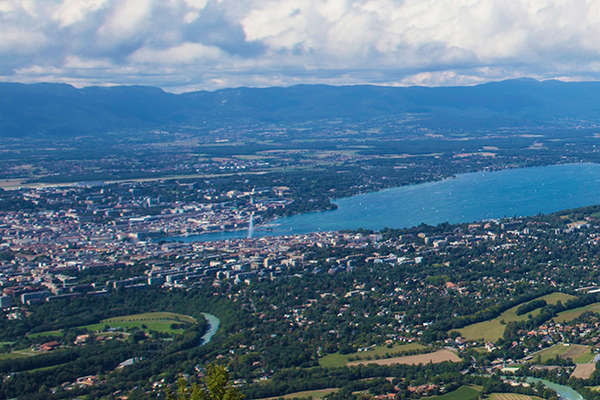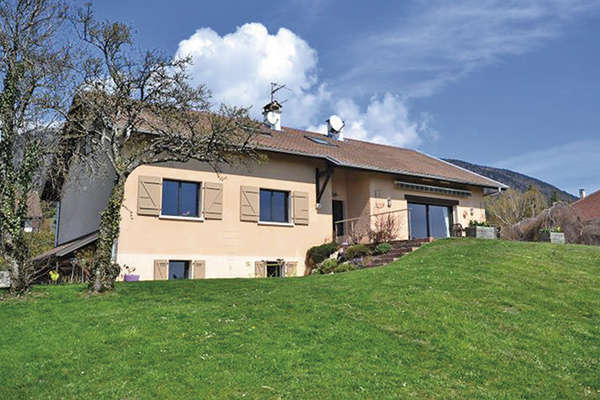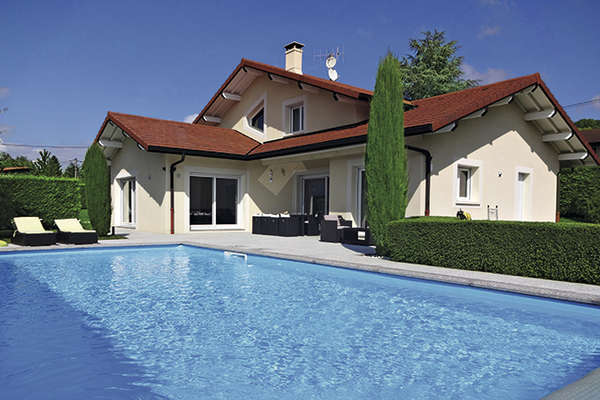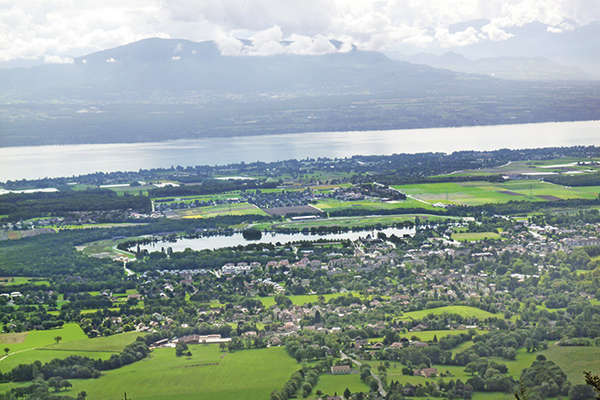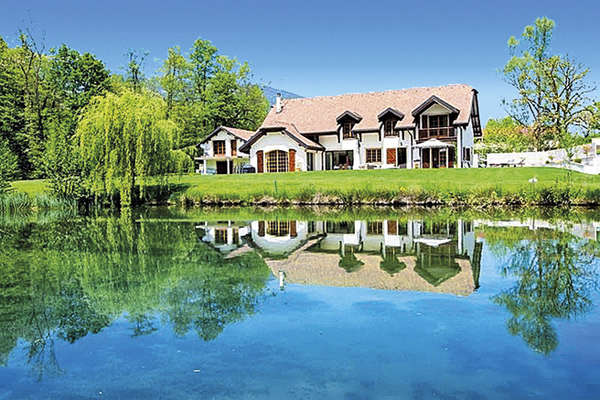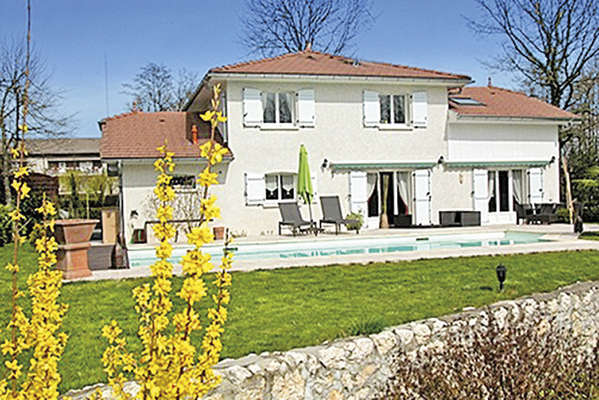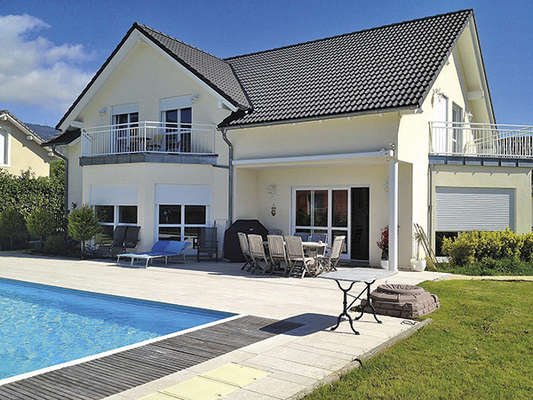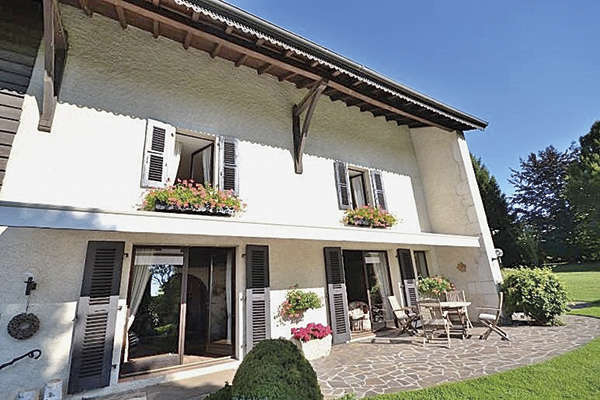Investing in Nantes
Laetitia Rossi - 06 September 2013
The capital of the Loire-Atlantique region is 50 km from the ocean, in the centre of a metropolis composed of 24 communes. It accommodates 283,000 people, while the urban area is home to 600,000. Each year, 2 million visitors invade the town and 47,000 students attend its university. A feature which ensures that it is one of the liveliest towns in France, together with Toulouse and Strasbourg.
The “Capitale Verte 2013” with a sixth of its surface area covered in woods, Nantes was designated as the most pleasant town in Europe by Time magazine. The main town in the Duchy of Brittany in the 15th century, its port became a stronghold of international trade 300 years later. In the 19th and 20th centuries, industry got well into its stride before making way for the service sector, new technologies, banking and insurance. The agro-food, aeronautical and wood industries still provide a lot of employment. The Sèvre, Loire and Erdre Rivers flow through its lands. In the city itself, whether for urban rehabilitation or new construction, pedestrianization is strongly encouraged. The Paris-Nantes railway line introduced in 1989 is one of the busiest in France. The rarity of properties up for sale is, in fact, a new sign of Nantes’s on-going popularity.
In ten developments undergoing commercialization, Christophe Desfosses, co-manager of Bati Nantes, observes equal shares between residential acquisitions and rental investments. Nantes and its metropolis are particularly attractive at both local and national level. The number of new units sold in the second quarter of 2013 exceeded the volume of sales chalked up over the same period last year. “Each year, 7,000 people are looking to move into the urban community. This need for accommodation feeds a lively rental market.” Sales of 1- and 2-bedroomed apartments in communes within the first ring around the town, priced around 3,500 €/m2 and giving a yield of 3.5 %, are more than steady. Some clients, however, wanting to move in when they retire, opt for addresses in the centre of Nantes. They then have to accept a starting price of around 4,000-5,000 €/m2 giving a yield of 2.75-3 %. The Duflot scheme, allowing for a tax reduction of up to 18 % of the investment, combined with low interest rates, has strengthened competitivity from bricks and mortar versus financial investments.
“Until 2011, developers enjoyed a euphoric Scellier period,” recalls Benjamin Haguenauer of the Groupe Arc. “By comparison, given the economic and political context, the Duflot scheme has not enjoyed the same reception, despite measures which are more appealing than those of the 2012 version of the Scellier scheme.” He has nevertheless noticed a recent re-balancing act between personal homes and rental investments, still affected, however, by a wait-and-see attitude on the part of potential buyers. Generally speaking, the notion of profitability often gives way to that of the location and prospects for re-selling. Currently, the “Sèvre et Muguet” development in the Beautour sector of Vertou is reporting encouraging figures. On the market since mid-March, it has chalked up 50 % of the turnover and sales volume. Construction commenced last July with delivery scheduled for the second quarter of 2015. 60 % of the buyers are investors, happy to pay 3,320 €/m2, with a parking place and cellar included, and to achieve a yield of 3.5-4 % before tax benefits.
“In my opinion, two-thirds of the buyers of new homes are targeting rental investments,” comments Jacques Bihan-Poudec of Area Promotion. “A score linked to the location and type of the properties proposed.” Currently undergoing delivery, “Villa Golden” proposes 2-bedroom apartments with terraces and gardens pegged at 3,600 €/m2, parking places included. 1-bedroom apartments are sought-after by investors, 2 bedrooms by first-time buyers, seniors and first-time buyers eligibles for the PTZ. The developer is now getting ready to market “Villa Kid” on the Route de Rennes, comprised of 14 studios and 1-bedroom apartments with terraces and/or gardens, priced from 88,000 to 130,000 €. They are clearly aimed at rentals to students and young employees. Our estate-agent confirms the excellent health of the rental market. “The 13 units in Villa Golden acquired as investments found tenants in just 48 hours, thanks to the collaboration of the Cabinet Thierry.” Buyers now pay more attention to energy performance. And in addition to the BBC label, good services provided by public transport are seen as a weighty argument.
